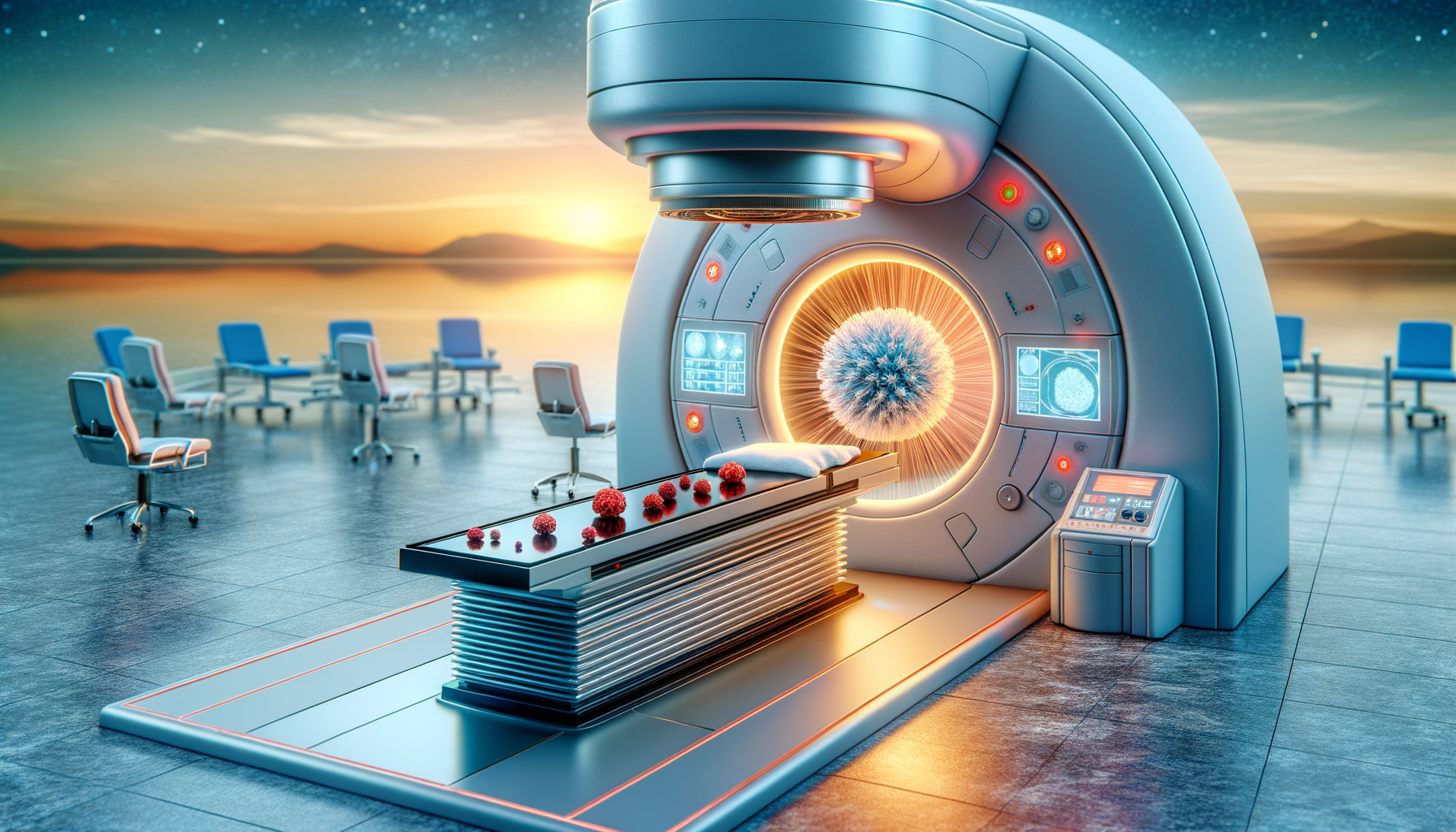
Understanding Radiation Therapy: A Vital Component of Cancer Treatment
Introduction to Radiation Therapy
Radiation therapy stands as a cornerstone in the battle against cancer, providing a pivotal treatment option for patients worldwide. This medical marvel uses high-energy particles or waves, such as X-rays, gamma rays, electron beams, or protons, to destroy or damage cancer cells. The importance of radiation therapy in oncology cannot be overstated, as it plays a critical role in both curative and palliative care. By understanding its mechanisms, applications, and benefits, patients and healthcare providers can make informed decisions about cancer treatment strategies.
How Radiation Therapy Works
At the heart of radiation therapy is the principle of damaging the DNA of cancer cells, thereby inhibiting their ability to reproduce and grow. When the DNA is sufficiently damaged, the cancer cells are unable to repair themselves, leading to cell death. This process is meticulously controlled to minimize damage to surrounding healthy tissue, a balance achieved through advanced technology and precise targeting methods.
There are two main types of radiation therapy: external beam radiation therapy (EBRT) and internal radiation therapy, also known as brachytherapy. EBRT involves directing radiation from outside the body, while brachytherapy involves placing a radioactive source directly inside or near the tumor. Each method has its specific applications, advantages, and limitations, chosen based on the type and location of the cancer.
Applications and Benefits
Radiation therapy is versatile, applicable to a wide range of cancers, including breast, prostate, lung, and brain cancers. Its ability to shrink tumors makes it especially beneficial for reducing symptoms and improving the quality of life in palliative care scenarios. For many cancers, radiation therapy is used in conjunction with other treatments, such as surgery and chemotherapy, to enhance overall effectiveness.
The benefits of radiation therapy are numerous. It can be curative, aiming to eliminate cancer entirely, or it can be palliative, focusing on relieving symptoms and improving patient comfort. Additionally, it is often used preoperatively to shrink tumors, making surgical removal easier and more effective.
Technological Advances in Radiation Therapy
Recent technological advancements have significantly enhanced the precision and effectiveness of radiation therapy. Innovations such as intensity-modulated radiation therapy (IMRT) and image-guided radiation therapy (IGRT) allow for more precise targeting of tumors, sparing healthy tissue to a greater extent than ever before. Proton therapy, another cutting-edge development, uses protons rather than traditional X-rays, offering the potential for even greater precision and reduced side effects.
These technological strides not only improve outcomes but also reduce the side effects associated with radiation therapy, making it a more tolerable option for patients. As research continues, the field of radiation oncology is poised for further breakthroughs that promise to refine treatment protocols and improve patient experiences.
Challenges and Considerations
Despite its many benefits, radiation therapy is not without challenges. Side effects, such as fatigue, skin changes, and other localized effects, can impact patients’ quality of life. Long-term risks, including the potential for secondary cancers, must also be considered when planning treatment. These risks underscore the importance of personalized treatment plans tailored to each patient’s specific circumstances and needs.
Another challenge is accessibility. While radiation therapy is a critical component of cancer care, not all patients have equal access to these treatments, particularly in low-resource settings. Addressing these disparities is crucial to ensuring that all individuals can benefit from the advances in radiation therapy.